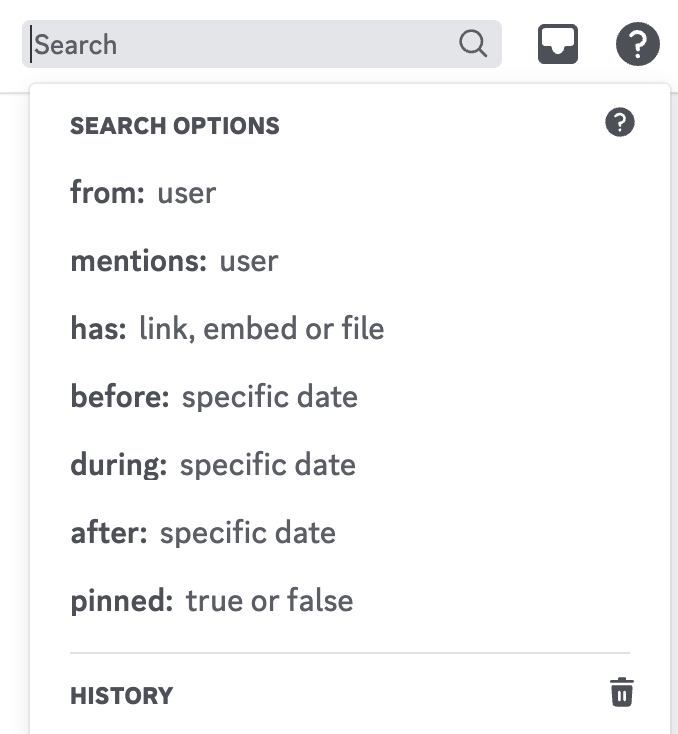

Running a bunch of services here on a i3 PC I built for my wife back in 2010. I’ve since upgraded the RAM to 16GB, added as many hard drives as there are SATA ports on the mobo, re-bedded the heatsink, etc.
It’s pretty much always ran on Debian, but all services are on Docker these days so the base distro doesn’t matter as much as it used to.
I’d like to get a good backup solution going for it so I can actually use it for important data, but realistically I’m probably just going to replace it with a NAS at some point.



I’m gonna have to disagree here, it’s always a guessing game of how many layers of abstraction they’ve used to seemingly avoid writing any implementation code… Can’t put the code related to “bicycles” in the
Bicycleclass, no, that obviously goes inWheeledDeviceServiceFactoryBeanImplthat’s in the ‘utils’ package.